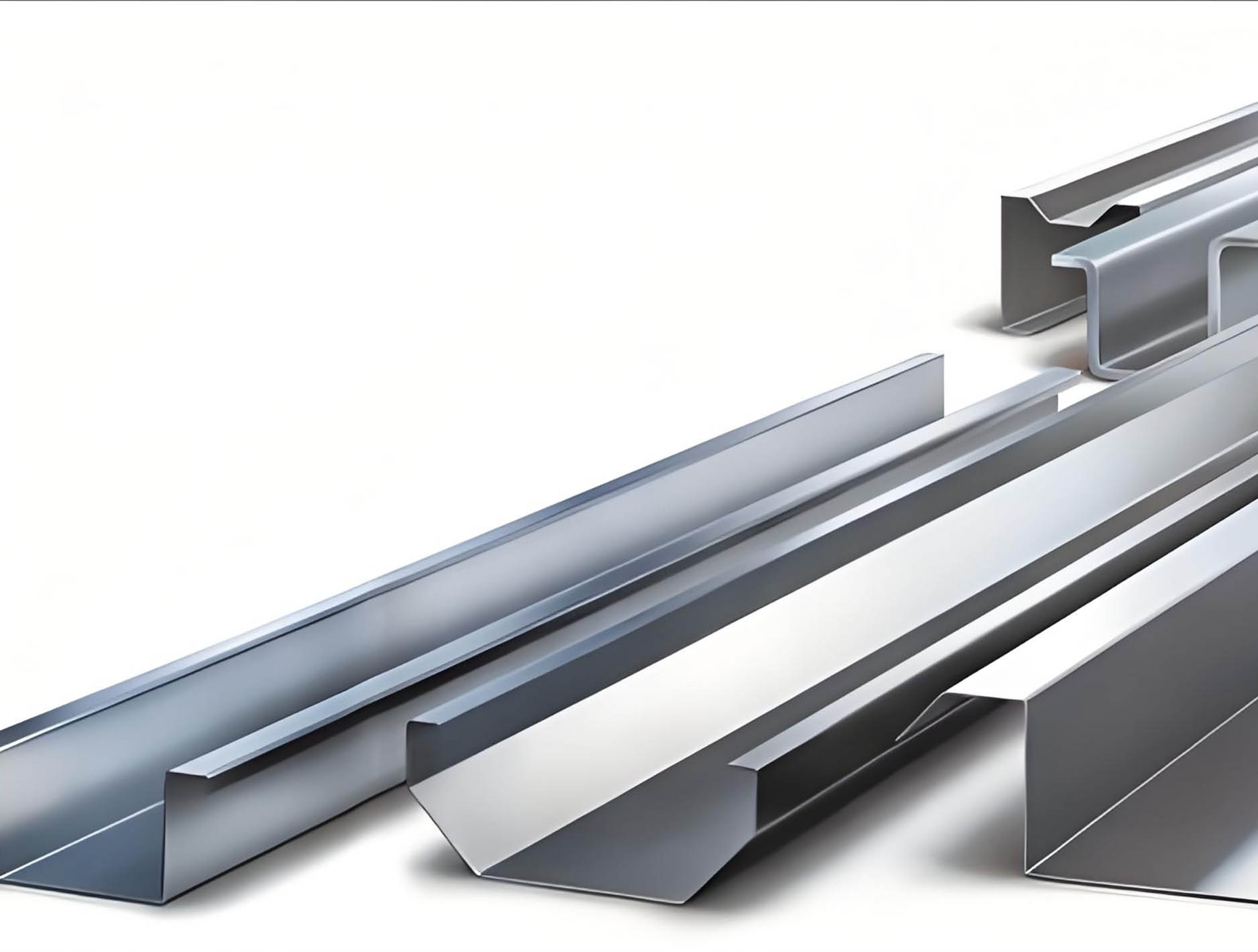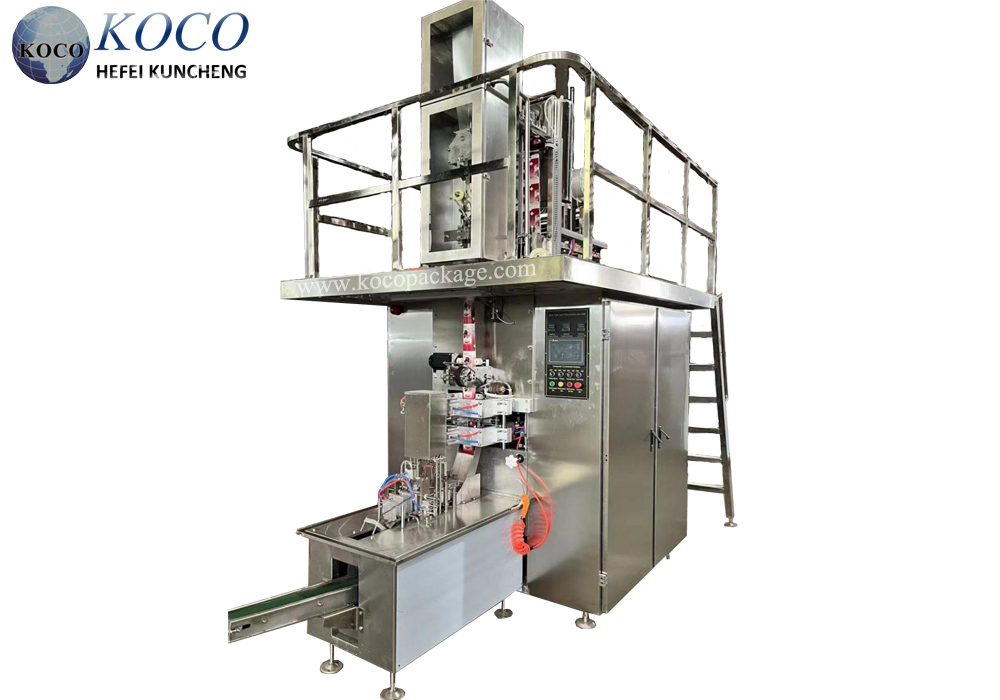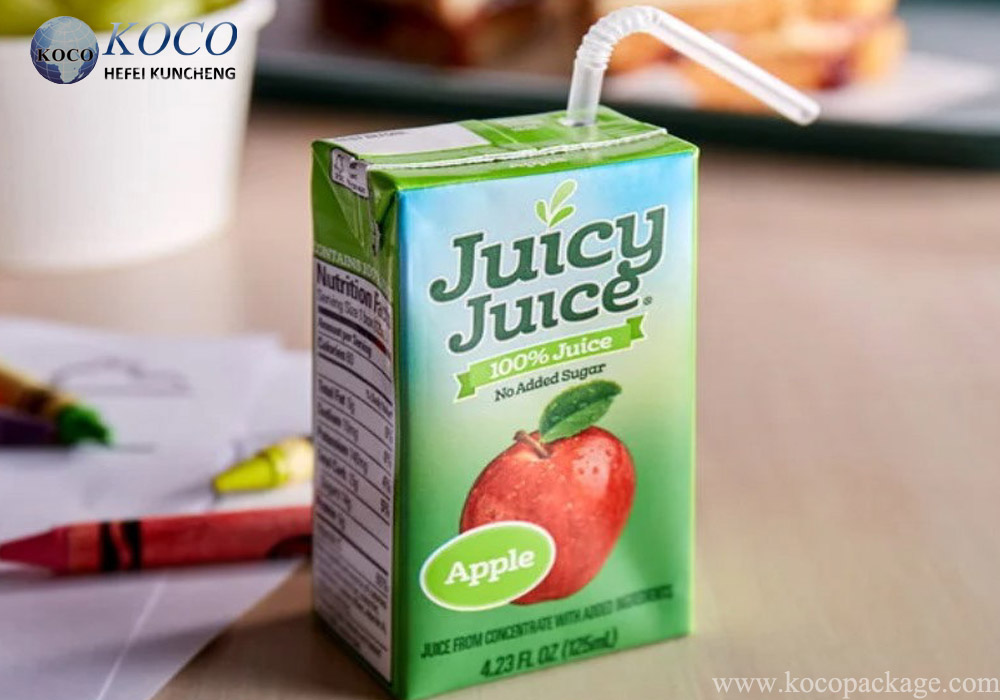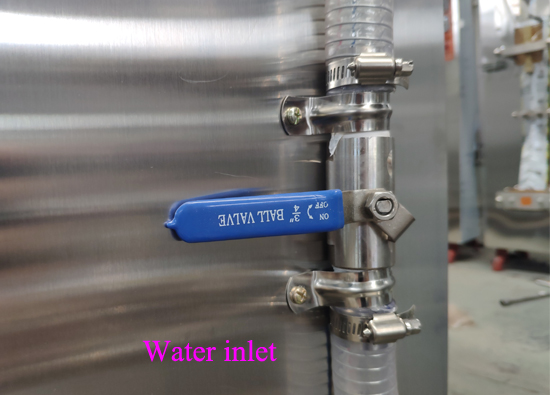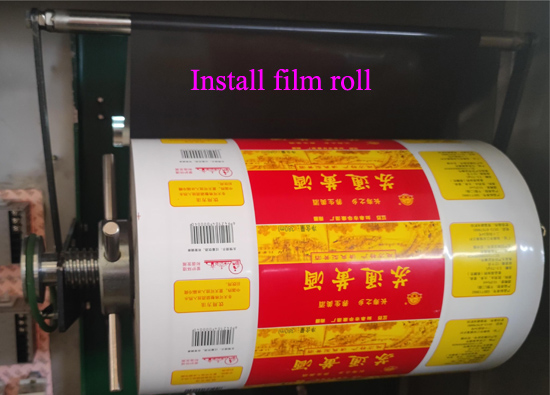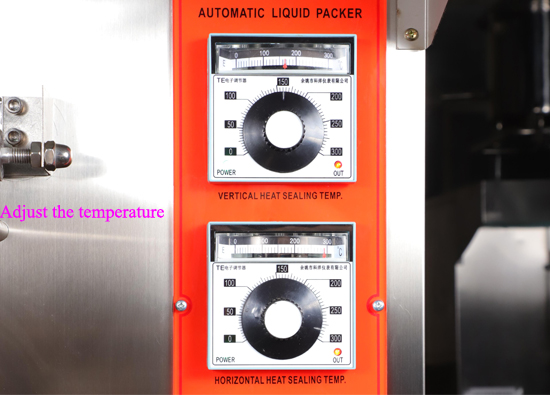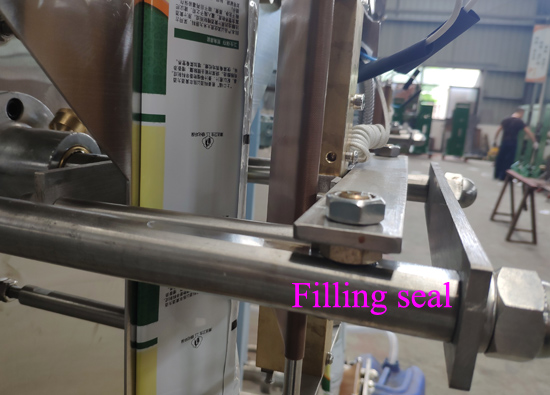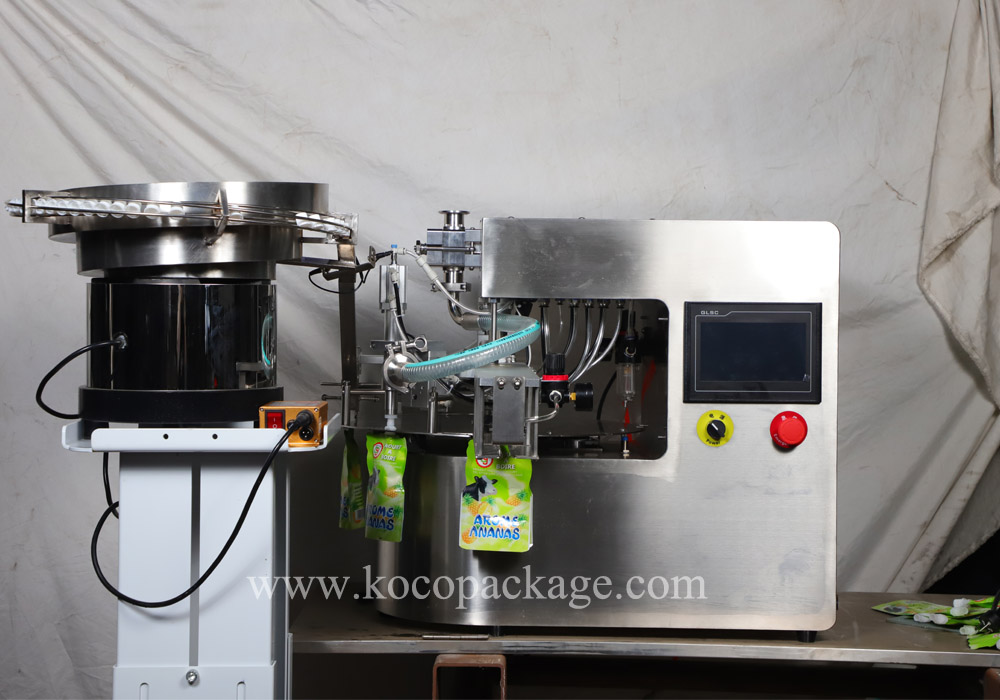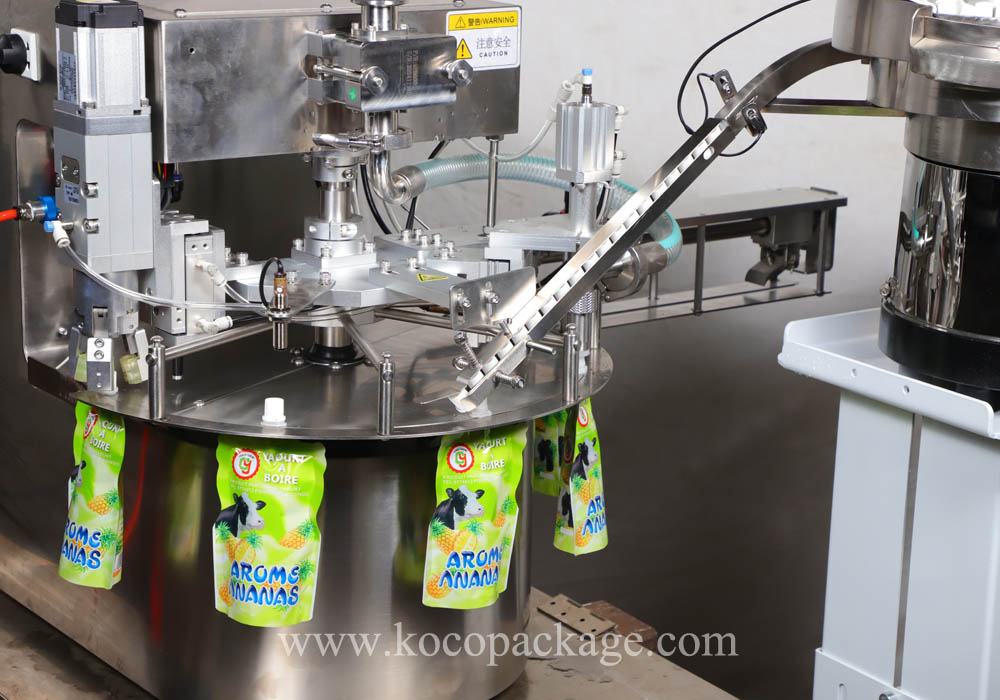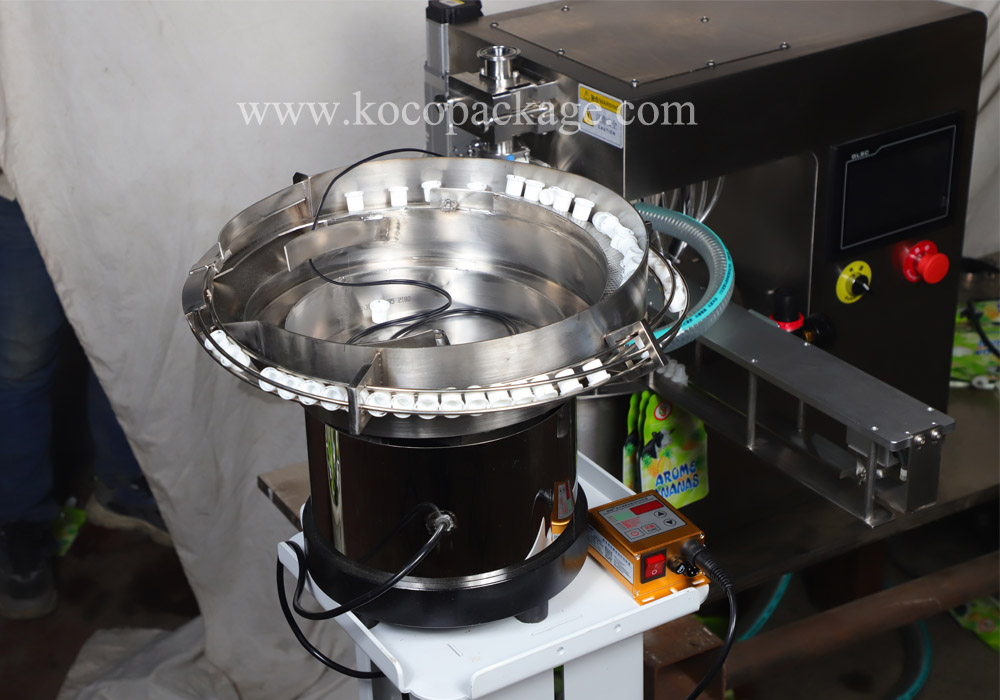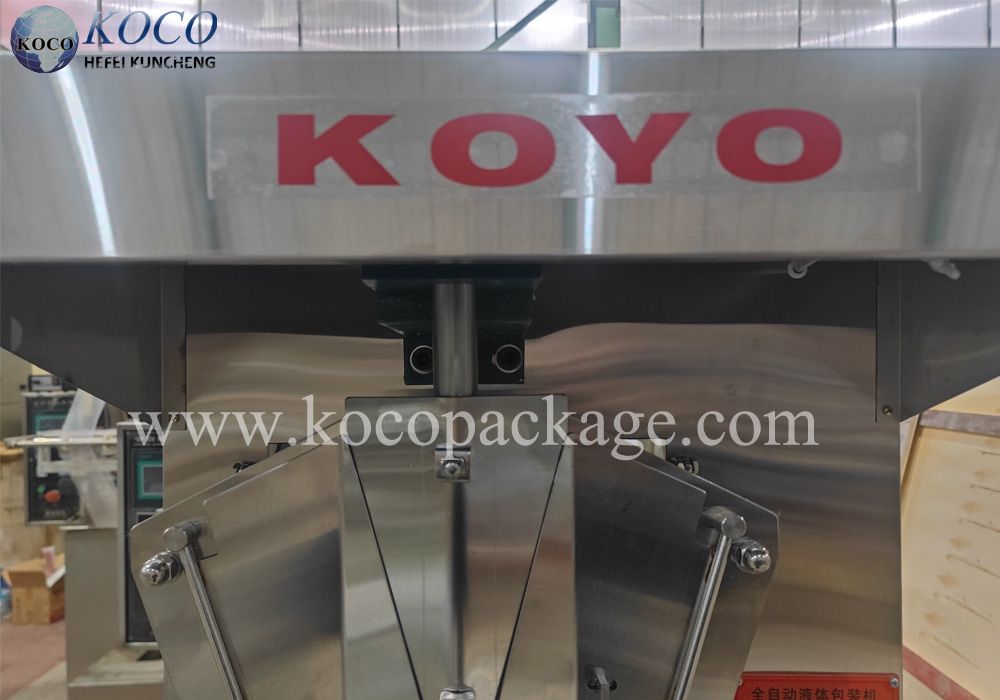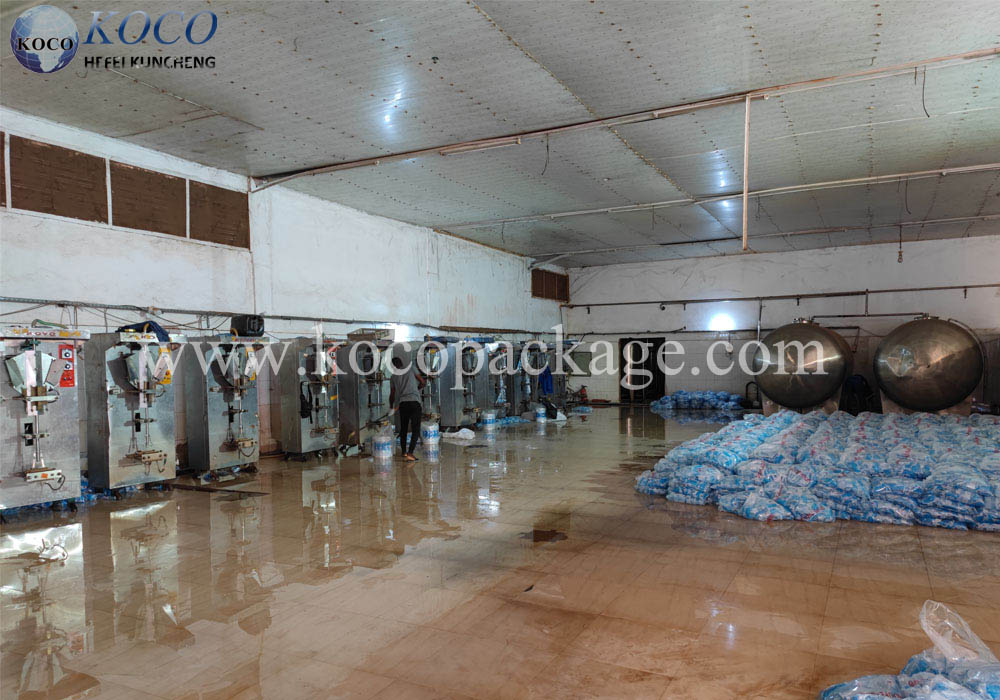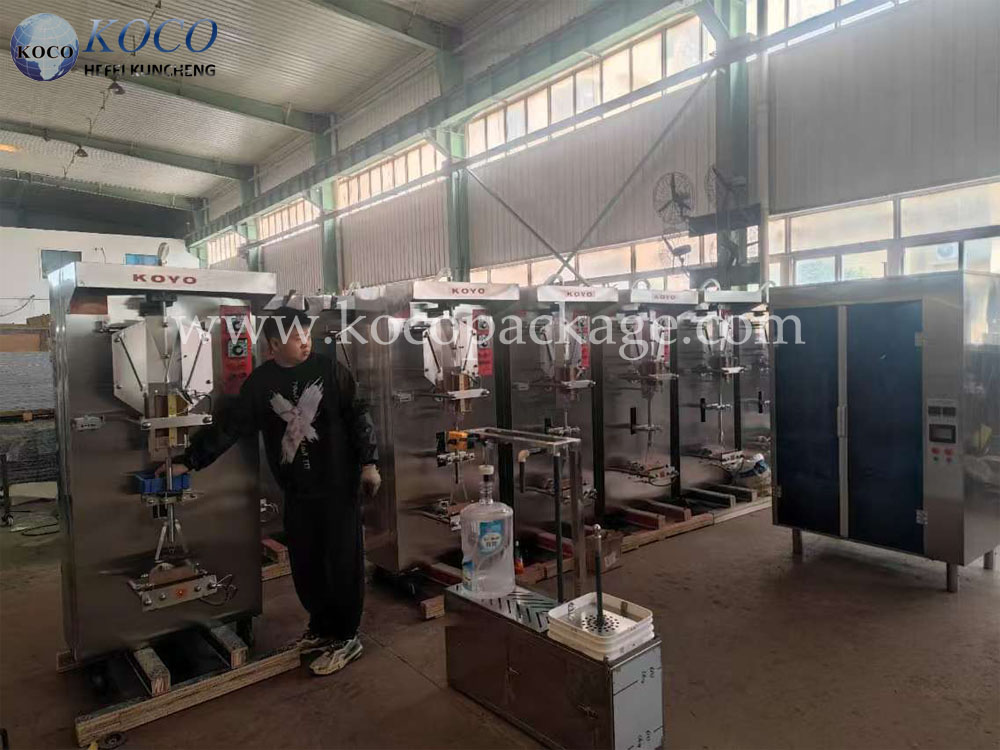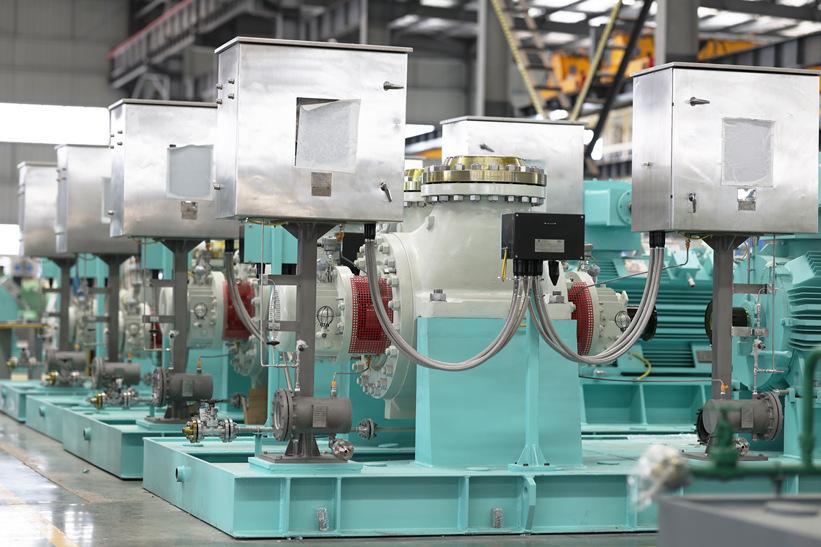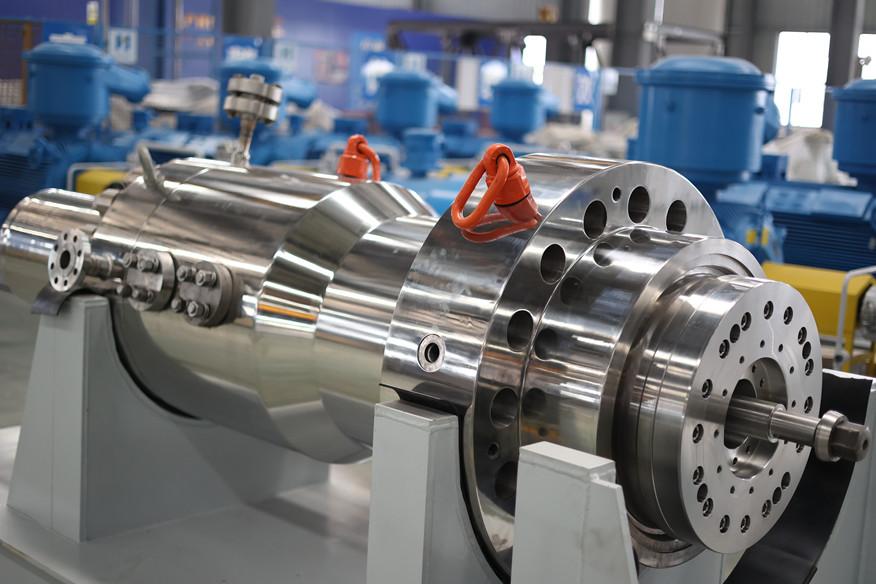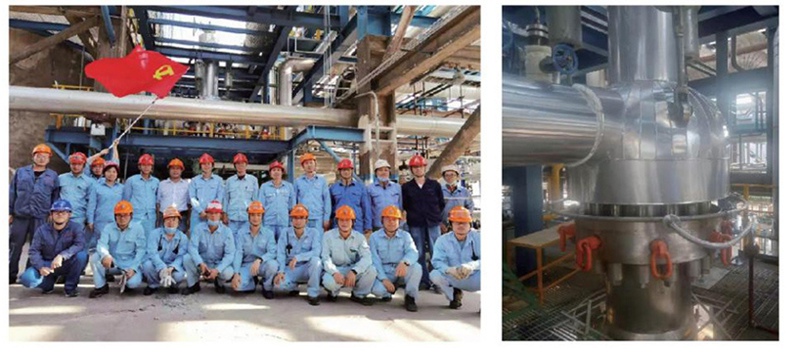Preload adjustment of ball screws is a key step to ensure their high precision, high rigidity and long life. The role of preload is to eliminate the gap between the ball and the raceway, reduce the reverse clearance (backlash), and improve the axial rigidity and vibration resistance of the system. However, excessive preload may cause heating, increased wear and even jamming, so the adjustment must strictly follow the technical specifications. The following are the detailed methods and precautions for preload adjustment:
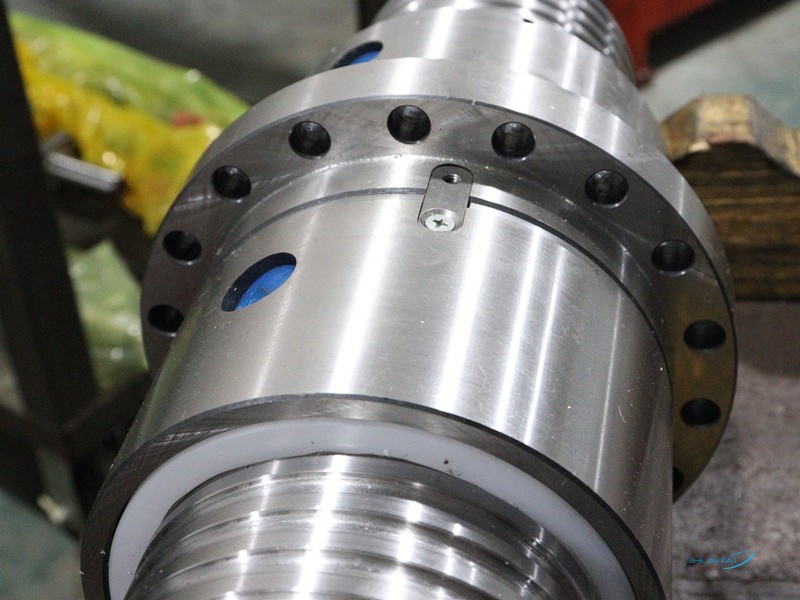
1. Purpose of preload adjustment
Eliminate axial clearance: Ensure that the screw has no empty stroke when moving forward and backward.
Improve rigidity: Enhance the system's ability to resist deformation due to load changes.
Extend life: Reasonable preload can evenly load the ball and avoid local wear.
Reduce vibration and noise: Reduce impact and abnormal noise caused by clearance.
2. Main methods of preload adjustment
a. Double nut preload method (most common)
Principle: Apply opposite axial forces through two nuts to squeeze the ball into contact with the raceway.
Steps:
Install double nuts: Install two ball nuts in reverse on the same screw shaft.
Apply preload: rotate the two nuts to bring them closer together, compress the elastic element in the middle (such as a disc spring) or directly lock them through the thread.
Adjustment method:
Torque control method: tighten the nut to the specified torque value with a torque wrench (refer to the manufacturer's data).
Displacement control method: measure the distance between the two nuts and adjust to the preset compression amount (usually 1%~3% of the lead).
Lock the nut: use a locking washer or thread glue to fix the adjusted position.
b. Shim adjustment method
Applicable scenarios: single nut structure or occasions where the preload needs to be accurately adjusted.
Steps:
Add a shim between the nut end face and the mounting seat.
Change the axial relative position of the nut and the screw by increasing or decreasing the thickness of the shim, and compress the ball and raceway.
The preload needs to be tested repeatedly until the target value is reached.
c. Spacer adjustment method
Principle: add a spacer (sleeve) of a specific length between the double nuts, and control the preload by changing the length of the spacer.
Advantages: High preload accuracy, suitable for equipment with high rigidity requirements (such as CNC machine tools).
Steps:
Measure the original spacing between the two nuts.
Calculate the required spacer length based on the preload amount (usually the required compression amount = spacer length - original spacing).
Install the spacer and lock the nut.
d. Variable lead method (preload type ball screw)
Principle: The manufacturer changes the lead of the ball circulation path to make the ball preload in the nut.
Features: Users do not need to adjust, and can obtain standard preload by direct installation (need to select according to the load).
3. Key parameters for preload adjustment
Preload level: usually divided into light preload (C0/C1), medium preload (C2/C3), heavy preload (C5), which needs to be selected according to the load and accuracy requirements.
Preload amount calculation:
Preload amount ≈ 0.05~0.1 times the elastic deformation corresponding to the rated dynamic load.
Empirical formula: preload = (5%~10%) × lead (refer to the manufacturer's manual).
Preload detection indicators:
Axial rigidity: The displacement after applying external force must be less than the allowable value (such as 1μm/N).
Reverse clearance: measured with a micrometer, the target value is usually ≤5μm.
IV. Detection and verification after adjustment
Torque test:
Manually rotate the screw to feel whether the resistance is uniform and avoid local jamming.
Use a torque meter to measure the driving torque and compare it with the manufacturer's recommended range (re-adjustment is required if it exceeds the limit).
Reverse clearance detection:
Fix the micrometer contact to the nut, move the screw in the forward and reverse directions, and record the displacement difference.
Temperature monitoring:
Run without load for 30 minutes to check whether the temperature rise is normal (generally ≤40℃).
V. Precautions
Avoid over-preloading: Excessive preloading will cause a sharp increase in friction heat, accelerated wear and even sintering.
Lubrication management: After preload adjustment, it is necessary to add an appropriate amount of grease. It is recommended to use high-speed and high-load lubricants.
Environmental adaptability: The preload amount needs to be re-checked in high or low temperature environments (affected by the thermal expansion coefficient of the material).
Regular maintenance: Check the preload status every 300-500 hours of operation and readjust it if necessary.
VI. Common problems and solutions
Problem 1: Large running resistance after preload adjustment
Cause: Excessive preload or insufficient lubrication.
Solution: Reduce the thickness of the gasket or the length of the spacer sleeve and increase lubrication.
Problem 2: The reverse clearance still exceeds the standard
Cause: The nut is worn or the screw shaft is bent.
Solution: Replace the nut, straighten the screw or replace a new screw.
Problem 3: Abnormal noise and vibration
Cause: Uneven preload or broken balls.
Solution: Readjust the preload and check the ball circulation system.
